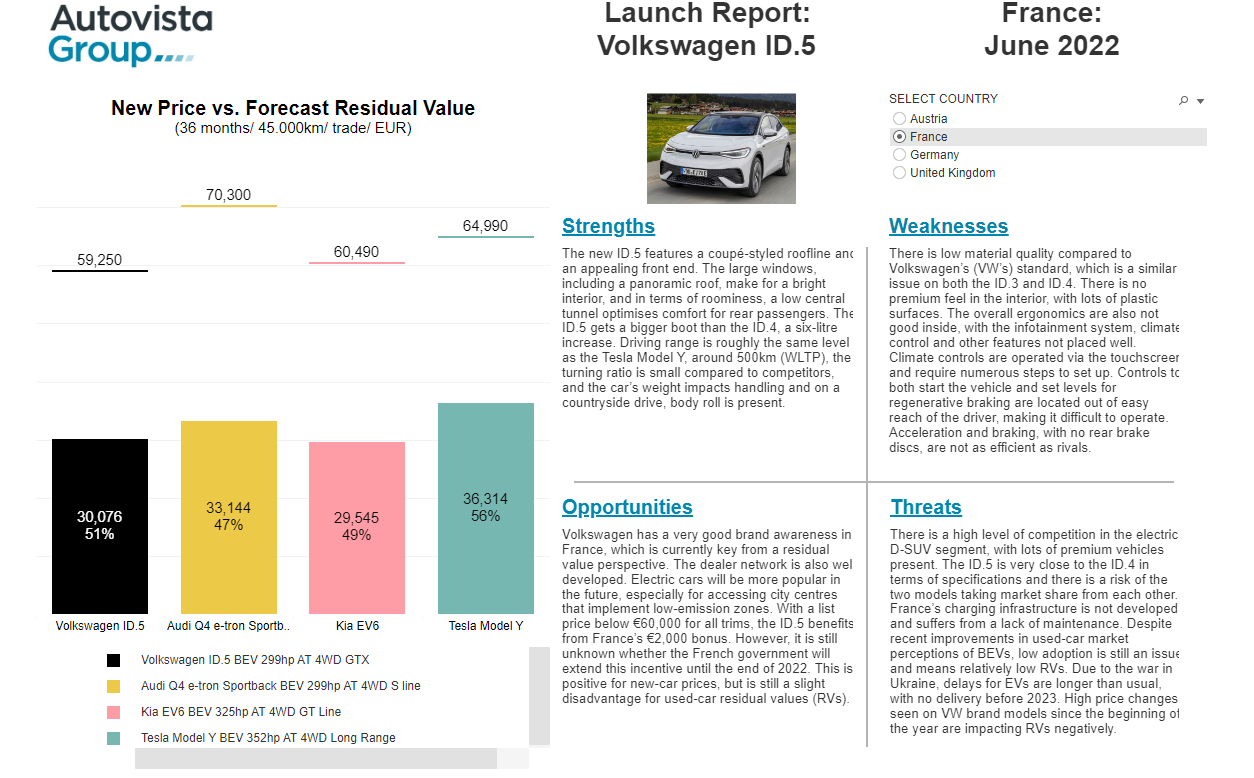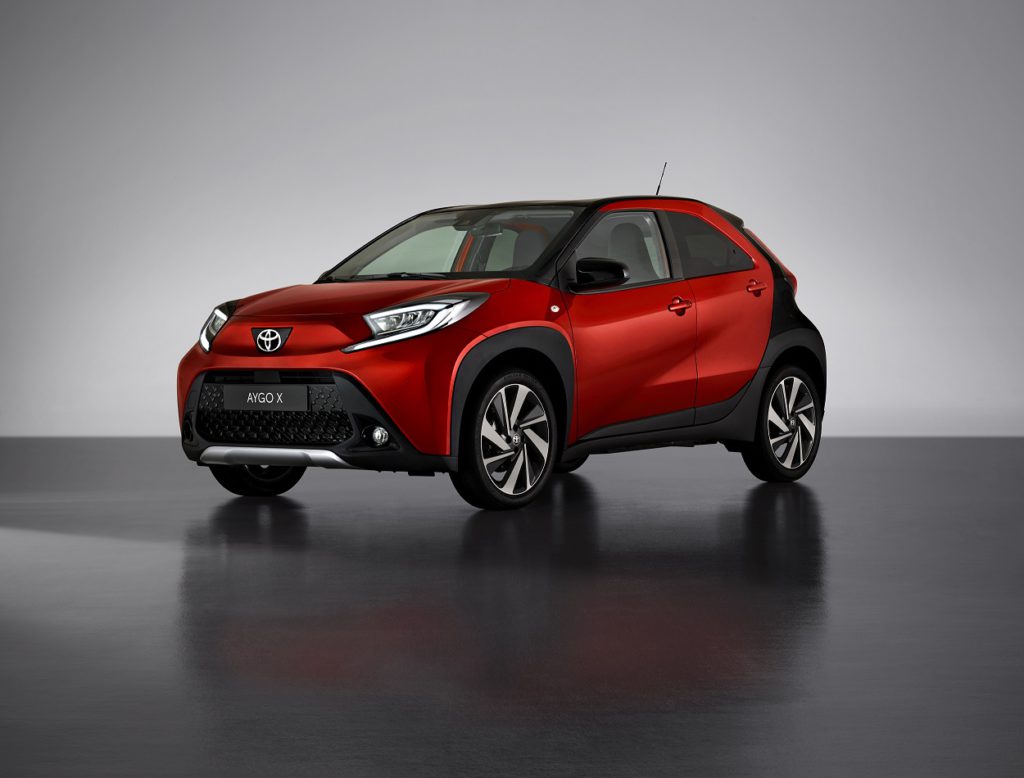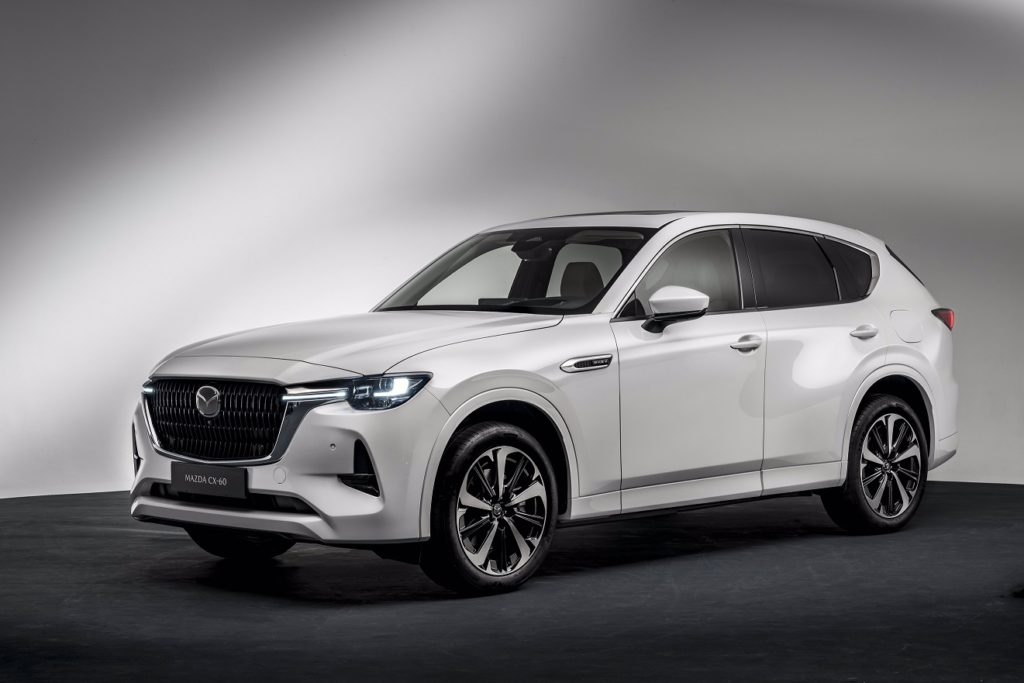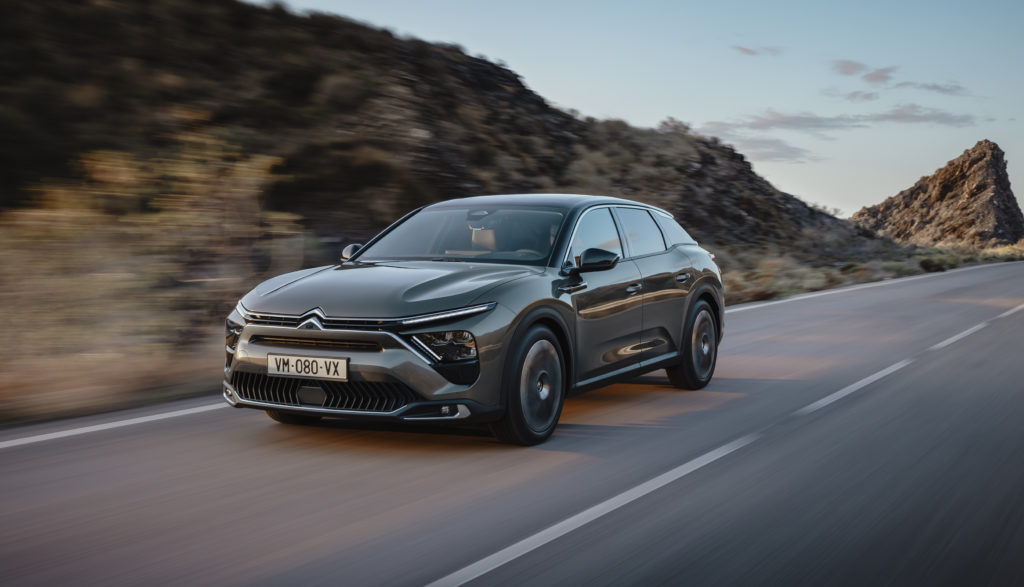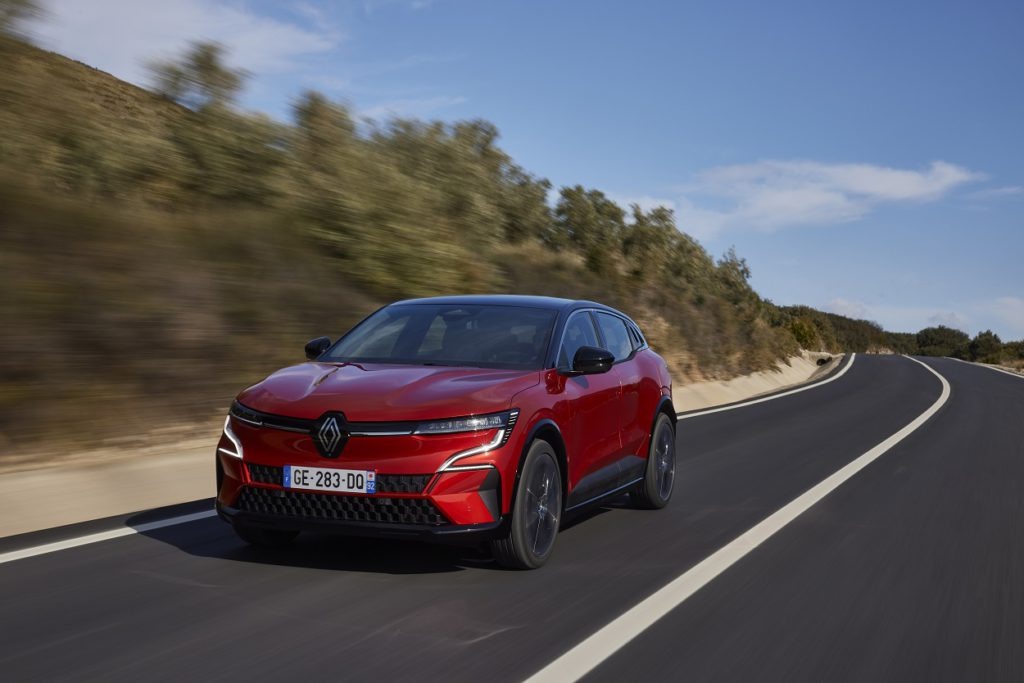Launch Report: Volkswagen ID.5 aims to build on electric brand popularity
01 July 2022

Volkswagen’s ID. range is now a well-established electric sub-brand, and it is no secret that several new models are to be unveiled alongside the already popular ID.3 and ID.4. The new ID.5 is expected to keep up interest in VW’s ongoing brand electrification.
At first glance, the ID.5 is a pleasing automotive spectacle, yet not dissimilar to the ID.4 in design. The main external differentiator is the coupé-like sweep on the roof, which angles down into a rear spoiler and tricks the eye into believing the car is smaller and sleeker than a standard SUV. This lower roof does not hamper interior space, and there is still enough for even the tallest of rear-seat passengers.
The car is also practical, with increased boot space over the ID.4, albeit just six litres. The interior is uncluttered and spacious, with a low central tunnel also optimising space for rear passengers. Volkswagen’s ID.5 makes use of the carmaker’s software version 3.0, which provides better route planning, faster response times for the 12-inch infotainment display, and increased charging performance.
When it comes to powertrains and charging, the 77KWh battery is sufficient for a range of up to 520km, according to WLTP figures. The ID.5 will be available in three variants, the Pro, Pro Performance, and GTX. The latter is designed to be a nod to the GTI branding implemented on VW’s sporty petrol and diesel vehicles. The Pro version starts with 128kW/174hp, the Pro Performance version has 150kW/204hp, and the all-wheel-drive GTX version has 220kW/299hp. However, without rear-brake discs, acceleration and braking are not as efficient as some of the car’s rivals.
Not all similarities are pleasing
The ID.5 shares much with the ID.4, acting simply as a sporty upgrade to the older, more established model. Unfortunately, some of those things the cars share are not all positive. The interior materials quality is below what users have come to expect from Volkswagen’s petrol and diesel vehicles. Like the ID.4 and ID.3, the carmaker has lavished a lot of plastic surfaces around the inside of the ID.5. This does not give a premium feel, which is a shame with a vehicle costing so much.
The design of the controls around the driver are also not ideal. Climate controls are operated via the infotainment system’s touchscreen and require multiple steps to amend. Touch-sensitive sliders beneath the screen are also easy to knock when adjusting touchscreen controls. While moving functions into a digital realm allows carmakers to increase the scope of over-the-air updates or functions on demand, the distraction for the driver, having to focus more on a screen than the road ahead, is questionable.
However, software 3.0 does allow Volkswagen to build on some of the functionality seen in the ID.4. This includes black-based lane guidance and Park Assist Plus with memory function, which can autonomously retrace parking processes once they have been saved.
Is brand awareness enough?
Volkswagen has strong brand awareness in key European markets covered in this latest launch report, and this helps residual values. The ID. sub-brand has proven popular with buyers, and even though models are just filtering into the used-car marketplace, such interest is likely to continue with those not seeking a new model.
Ultimately, the ID.5 is a sportier variant of the ID.4, and it remains to be seen whether this will be enough to convince buyers to pick this model over its stablemate or the extended family members Skoda Enyaq and Enyaq Coupé. While the ID. the family remains popular, new models are on their way, seeking to take market share from Volkwagen’s mass-market electrification brand. With other ID. models in the pipeline, the hope is that these vehicles will be differentiated against competitors, but also each other.
The Autovista Group dashboard benchmarks the Volkswagen ID.5 in Austria, France, Germany, and the UK for more details. The interactive launch report presents new prices, forecast residual values, and SWOT (strengths, weaknesses, opportunities, and threats) analysis.
